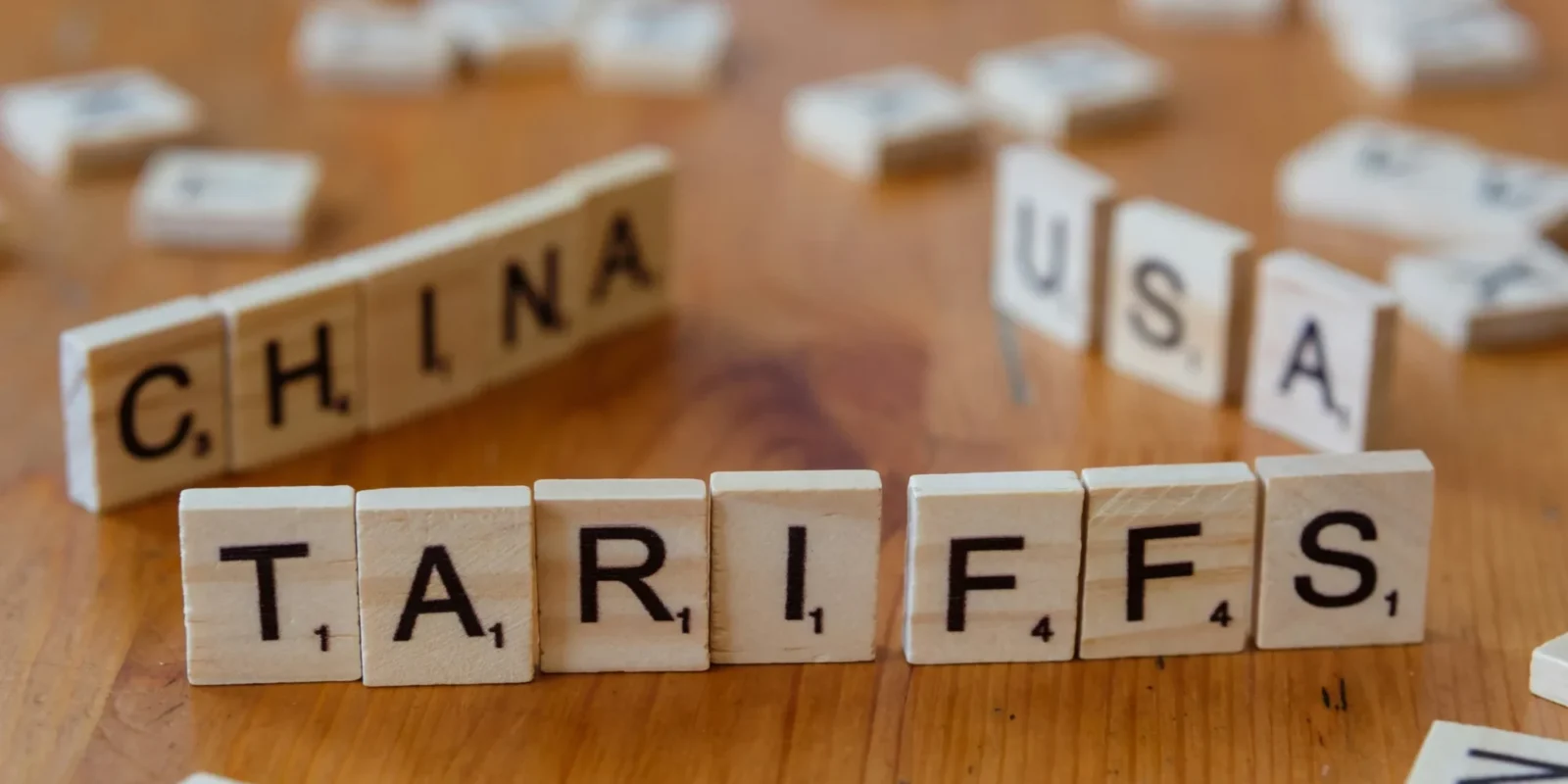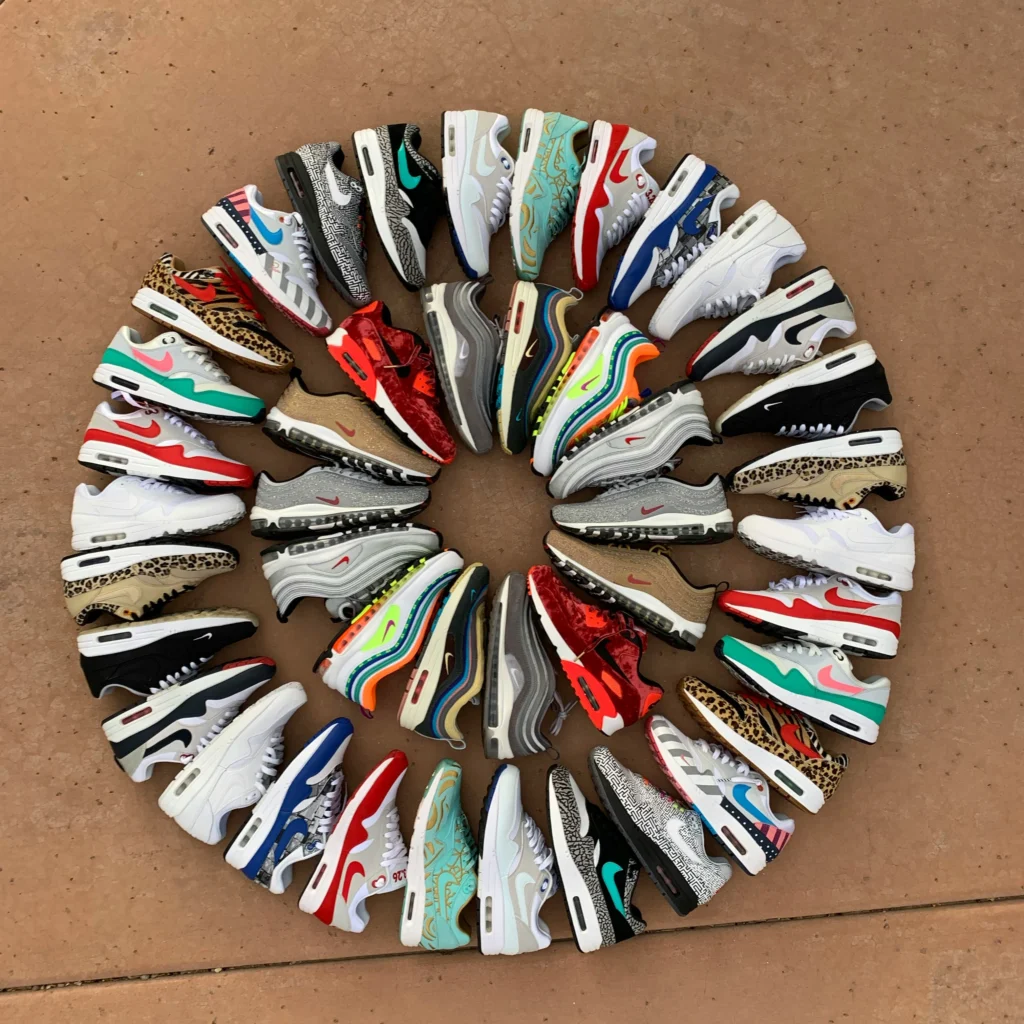New Report Outlines How Footwear Retailers Can Navigate Tariff Turbulence

Mounting tariff pressures, combined with a still-inflationary environment, means brands must step up their efforts to build stronger customer loyalty
Amid a climate of tariffs, warnings of empty shelves, rising prices and broader economic uncertainty, retailers are scrambling to adapt — and consumers are feeling the strain.
A new whitepaper from Impact Analytics, a leading business intelligence firm, offers a strategic outlook, revealing some survival tactics for a fast-changing market. The insights—found in Strategic Tariff Management Playbook for Footwear Retailers—could also prove valuable for adjacent sectors now feeling similar pressure.
Impact Analytics outlines a phased approach designed to help brands respond strategically. In the short term, the firm advises footwear retailers to work closely with their existing suppliers to share the burden of new tariffs and/or negotiate temporary discounts or revisit contract terms. Retailers with strong negotiating leverage — whether through high purchase volumes or access to alternate suppliers — will be best positioned to strike favorable deals.

At the same time, retailers must focus on optimizing their inventory mix, Impact Analytics advises, including clearing out older inventory to help preserve margin integrity. In the long term, retailers are advised to take steps to diversify their supply chains, seeking out suppliers in regions less affected by tariff hikes, the white paper notes.
One key takeaway: loyal customers tend to be less sensitive to price changes suggesting that retailers should consider customized loyalty programs. It may be more critical than ever, especially in light of new Mintel survey findings showing that 62% of U.S. consumers say rising prices from tariffs would make them reconsider their loyalty to certain brands. Such perks may include shoe care bundles and extended return windows.
However, there is some good news for athletic shoe companies: they appear better positioned than other footwear manufacturers to weather new tariffs, according to a recent Citi Analysts note cited by Investopedia. For instance, Switzerland-based footwear company On Holding may be better insulated from tariff pressures, with about 90% of its materials sourced from Vietnam. Finland’s Amer Sports, by contrast, sources roughly 20% of U.S. products from China but is expected to have more flexibility in passing costs onto consumers.
Analysts also flagged anti-American sentiment as a growing concern. Brands like Canadian-based Lululemon may face less backlash, although the activewear giant could struggle to raise prices. Meanwhile, Nike — with its strong U.S. ties — could be more vulnerable to shifting consumer sentiment.
In the meantime, the Footwear Distributors and Retailers of America (FDRA), which has long led tariff reduction initiatives, is urging individuals to send a letter to Congress.



